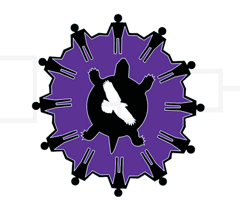Abstract
This paper provides a reflection on the methodology – Te Kupenga – after being presented at a number of international Indigenous conferences. It will explore the use of this intersecting methodology as a philosophical and practical approach to gathering, interpreting, and stor(y)ing mātauranga wahine (Māori women’s knowledges). The initial research project utilized this methodology and associated methods to come to understand the ways of being of physically active wāhine Māori and connect them to atua wāhine (feminine deities). The metaphor of the kupenga derives from both the structure and use of an open weave net, often used for fishing or gathering kai (food). Similarly, this research focused on the weaving together of three approaches (Whakapapa, Mana Wahine theory, and physical activity) to intentionally gather a particular type of Māori women’s knowledge. Te Kupenga weaves together Indigenous and non-Indigenous philosophies and methods – keeping what’s needed and allowing what’s not required to pass through the gaps in the weave.
In this paper, I will consider and reflect on how this methodology was applied and how it evolved to become a mechanism that can inform the design and method of contemporary Indigenous research. Ultimately, this methodology and its methods allowed a way to gather the threads of wāhine identity, whakapapa (relationality), and mana (status). It enabled an illustration of the power and potential of wāhine – as active and sacred holders of the knowledge and blueprints of both ancestors and descendants.
Recommended Citation
Heke, Deborah M.
(2024)
"Te Kupenga – Reflecting on the Purposeful Collection, Interpretation, and Stor(y)ing of Māori Women’s Knowledges.,"
Journal of Indigenous Research: Vol. 12:
Iss.
2024, Article 2.
Available at:
https://digitalcommons.usu.edu/kicjir/vol12/iss2024/2

